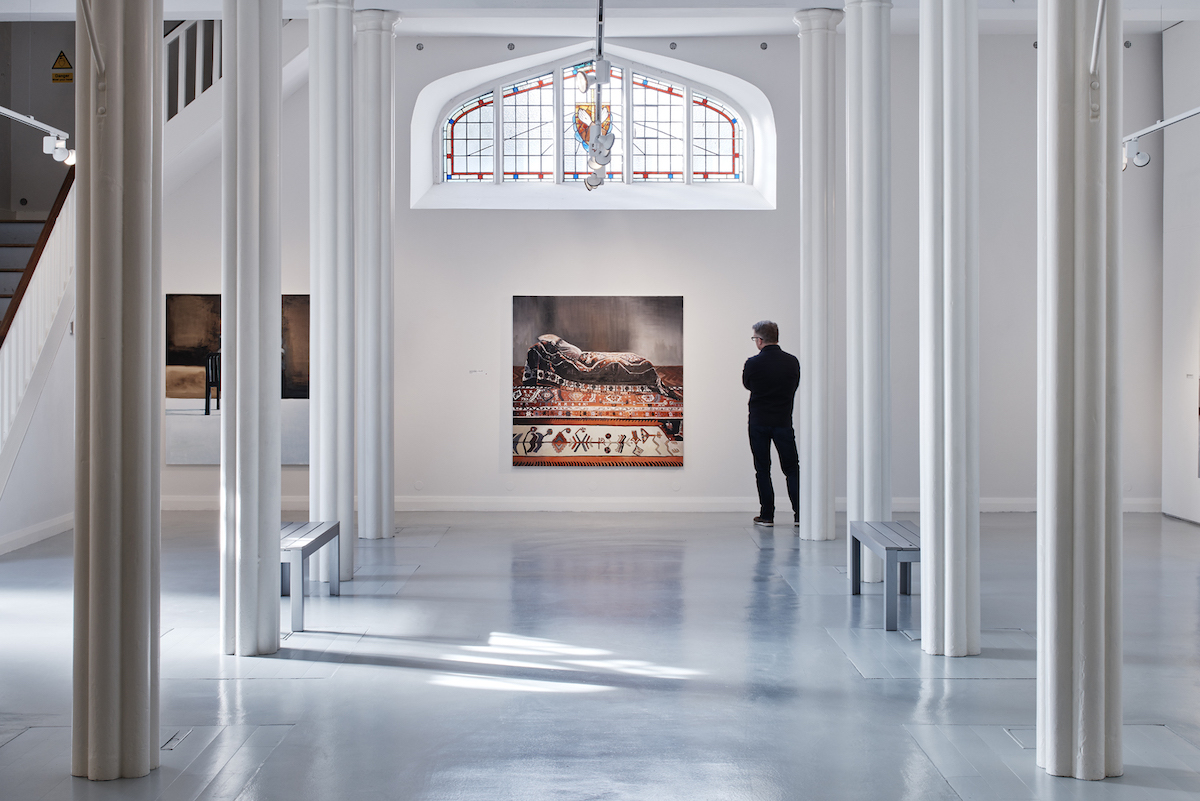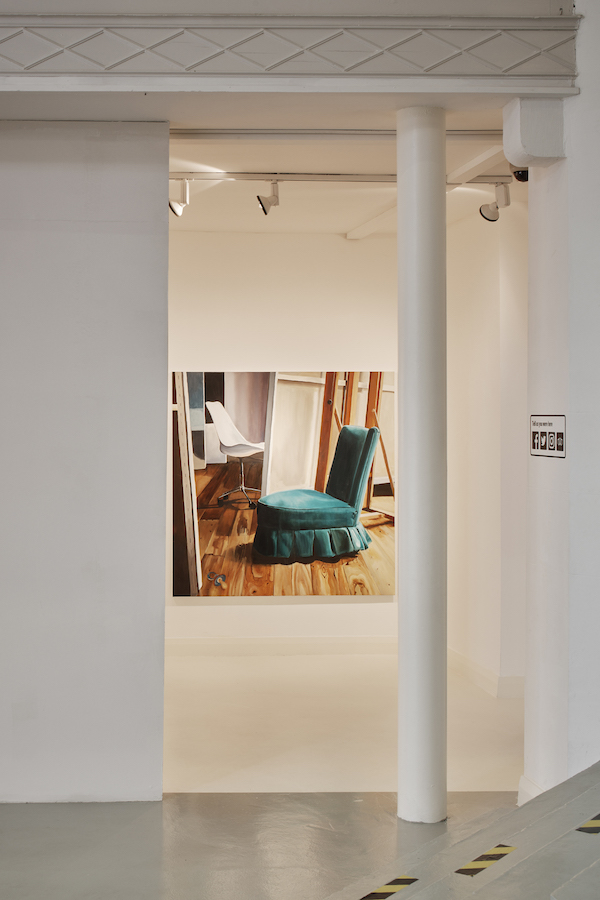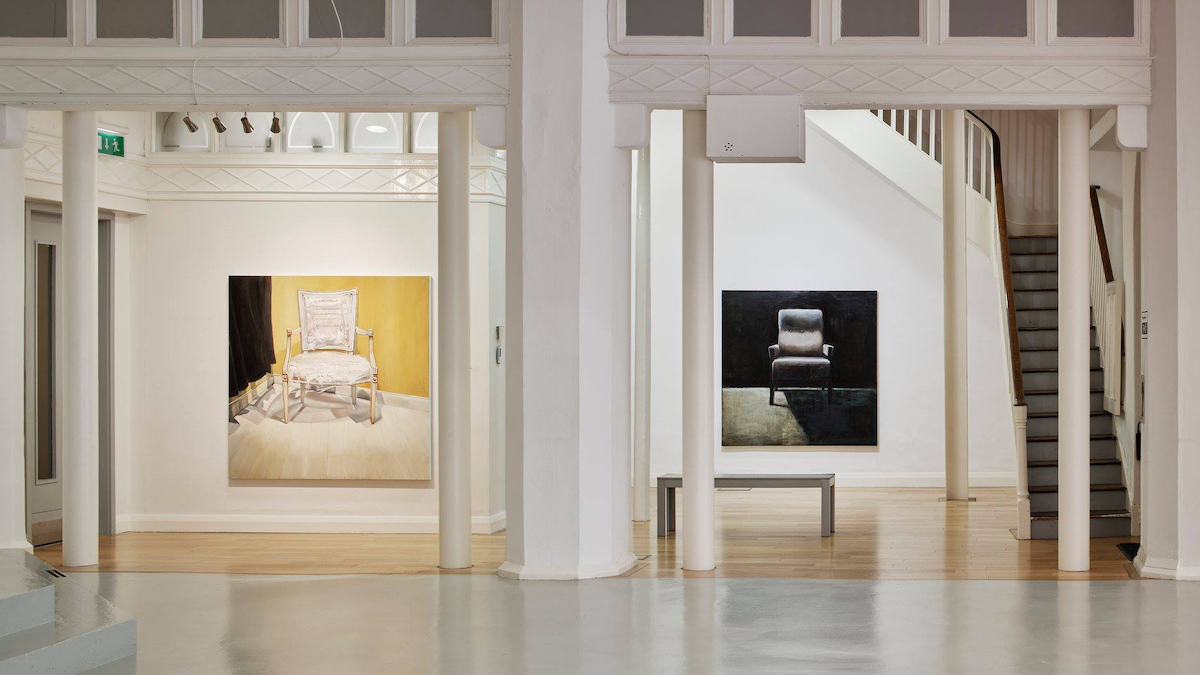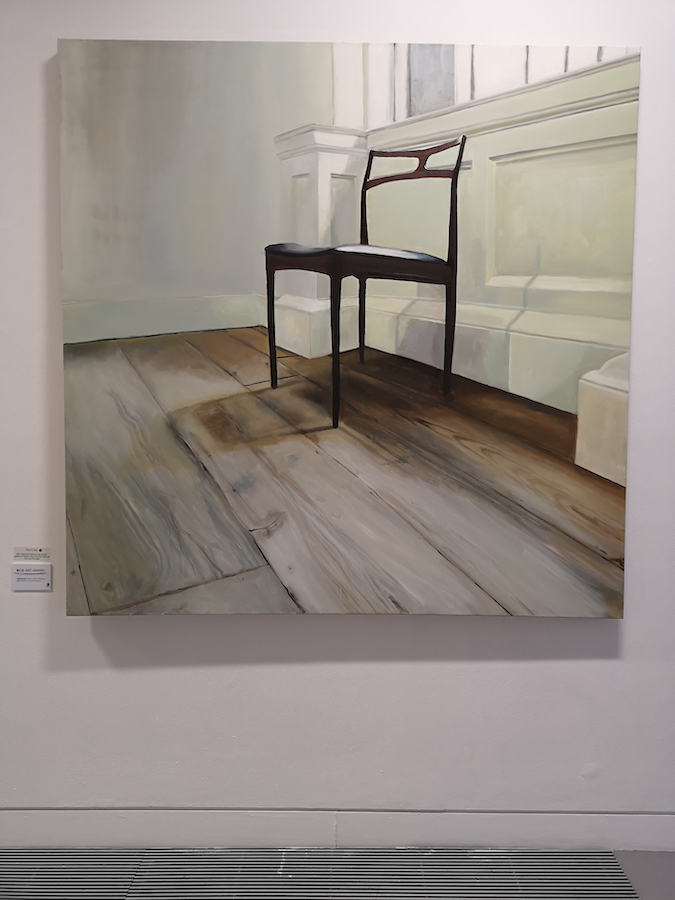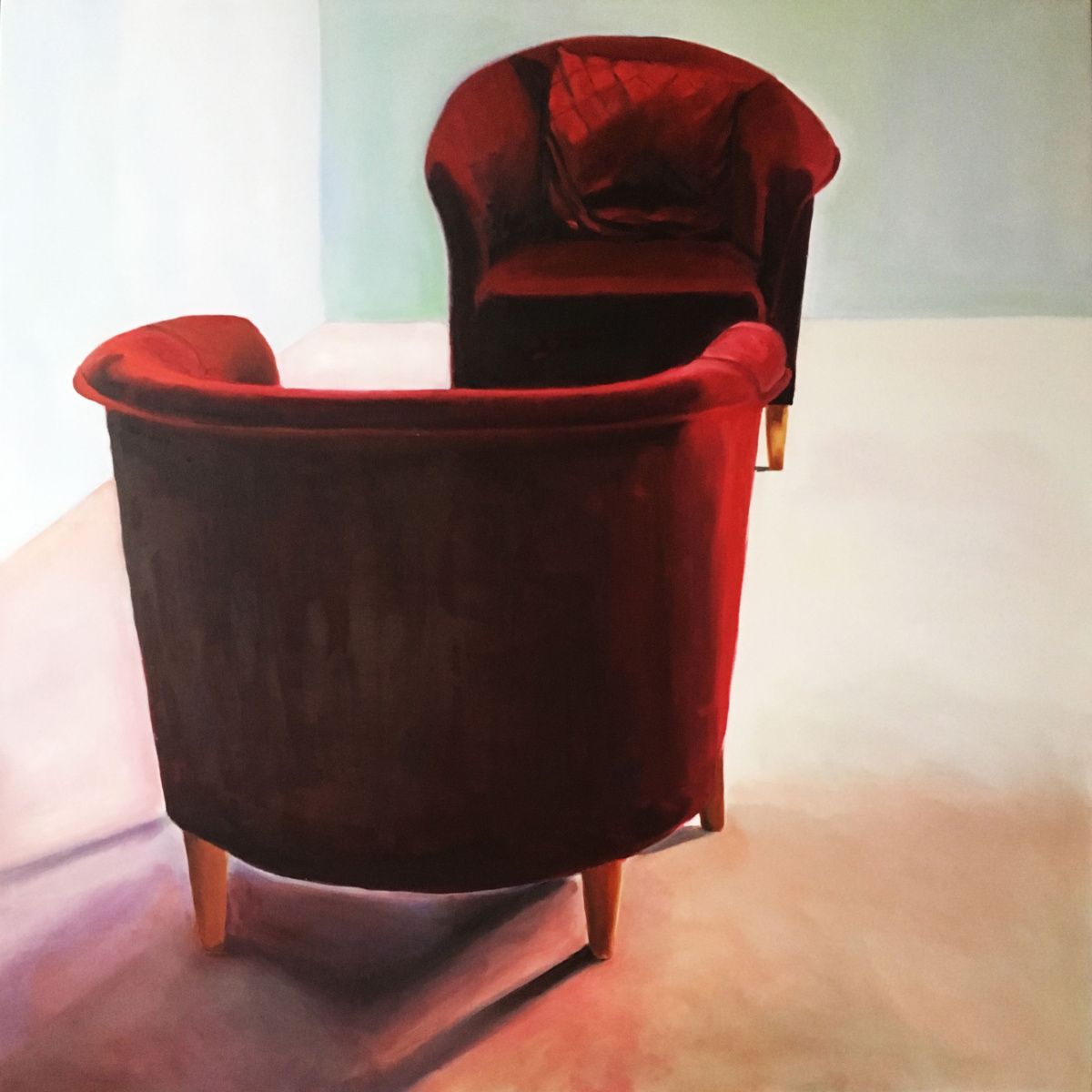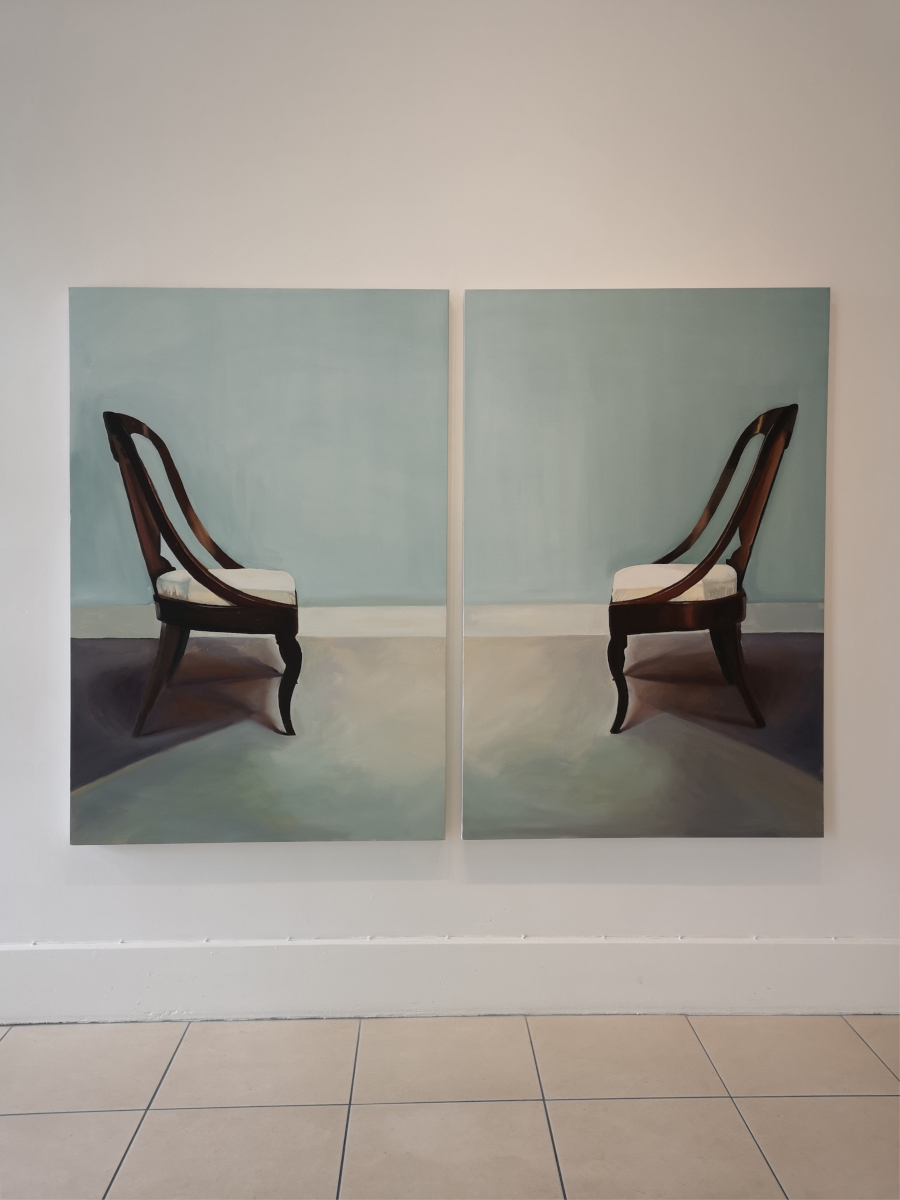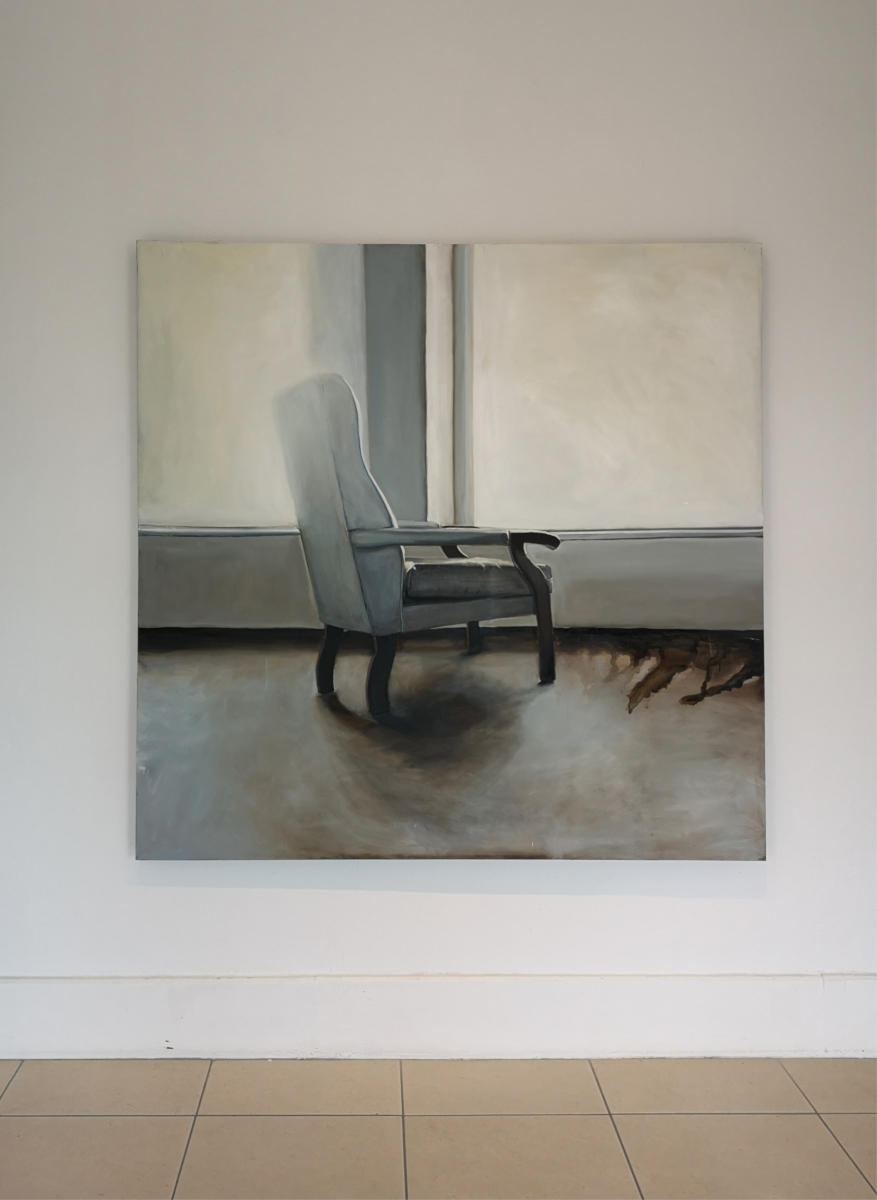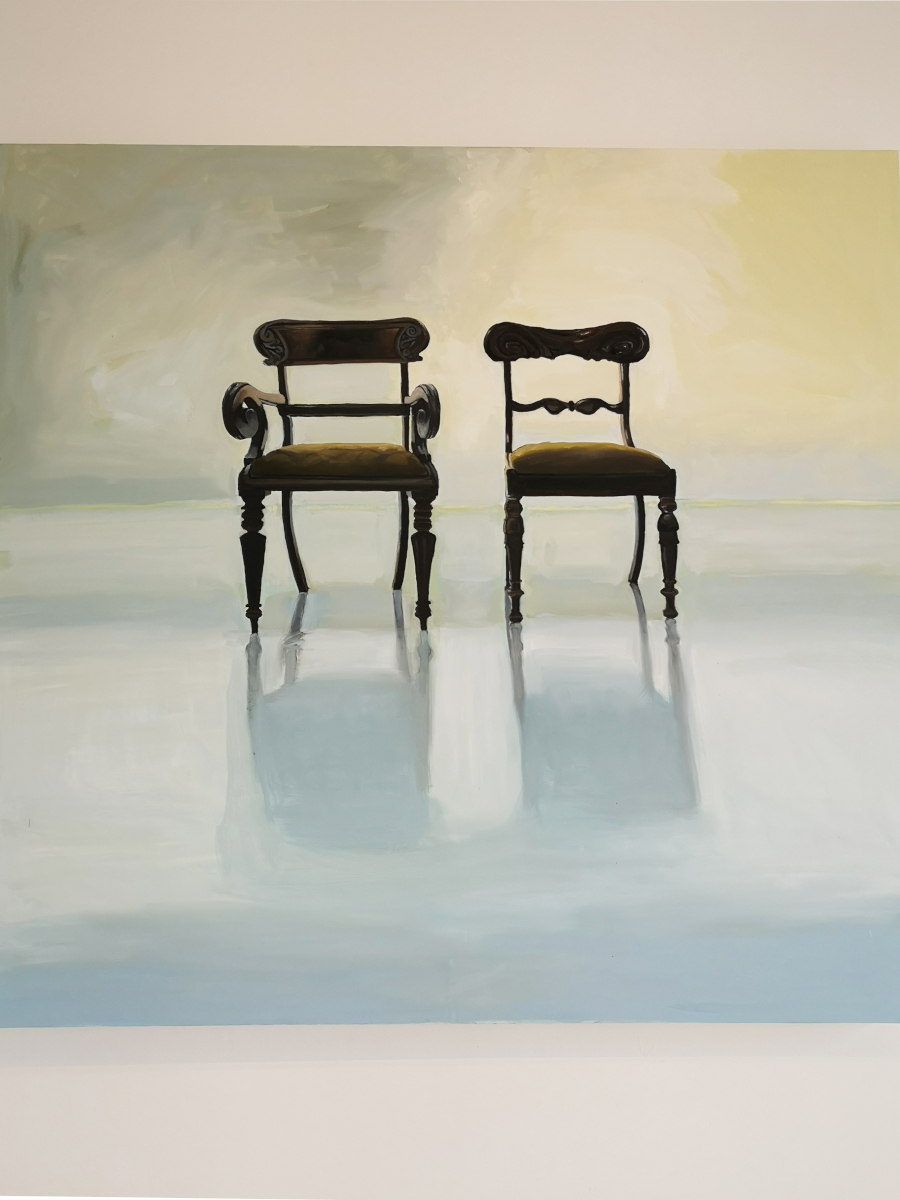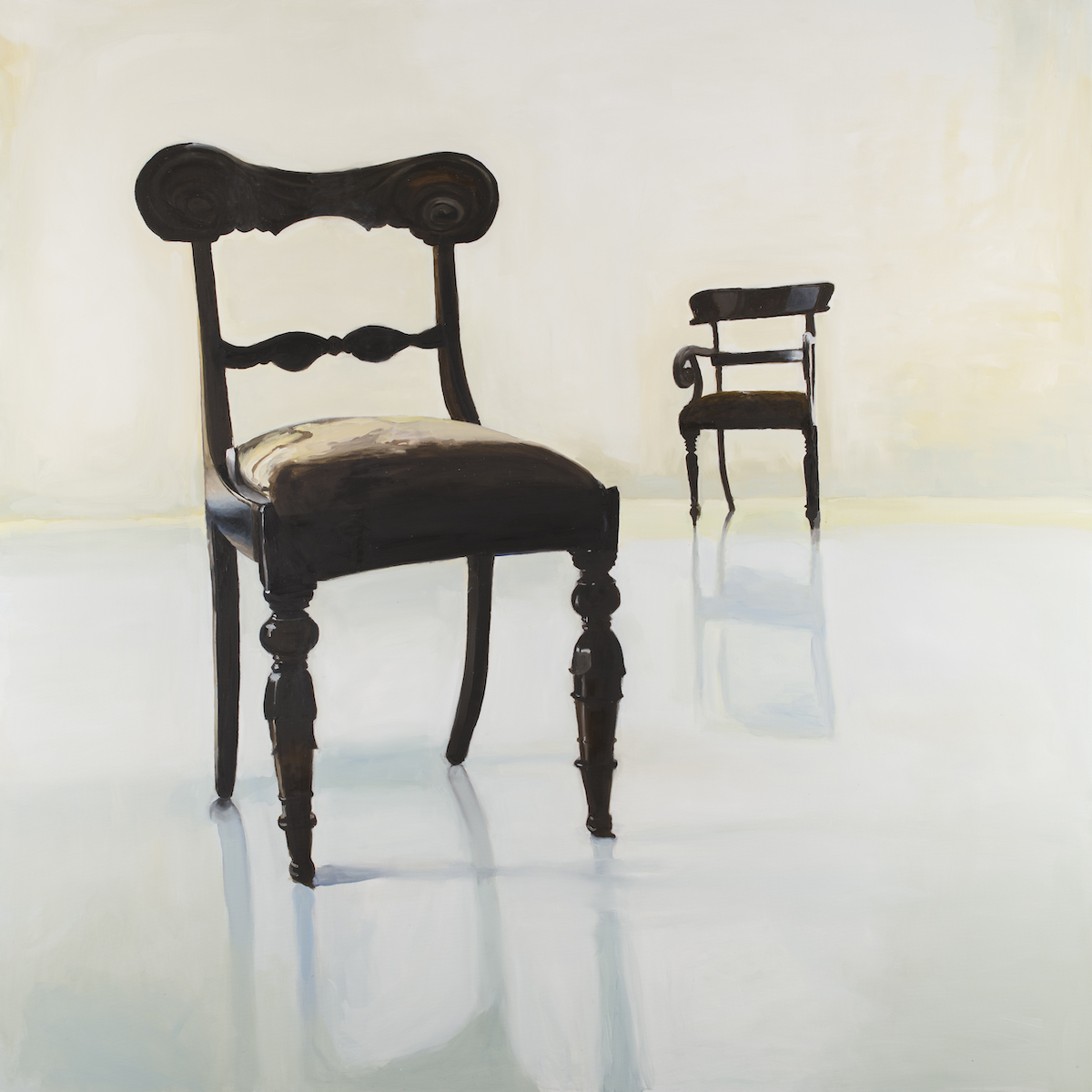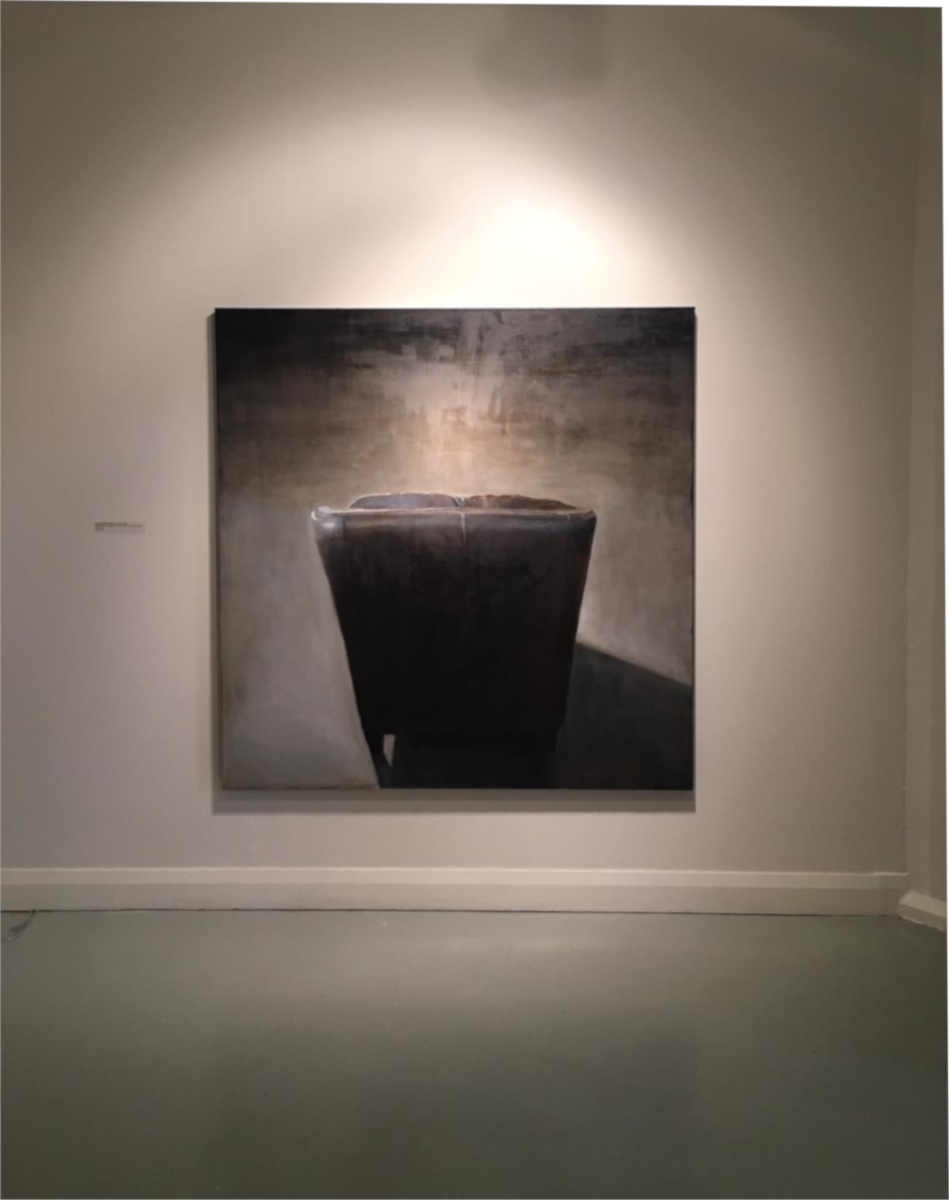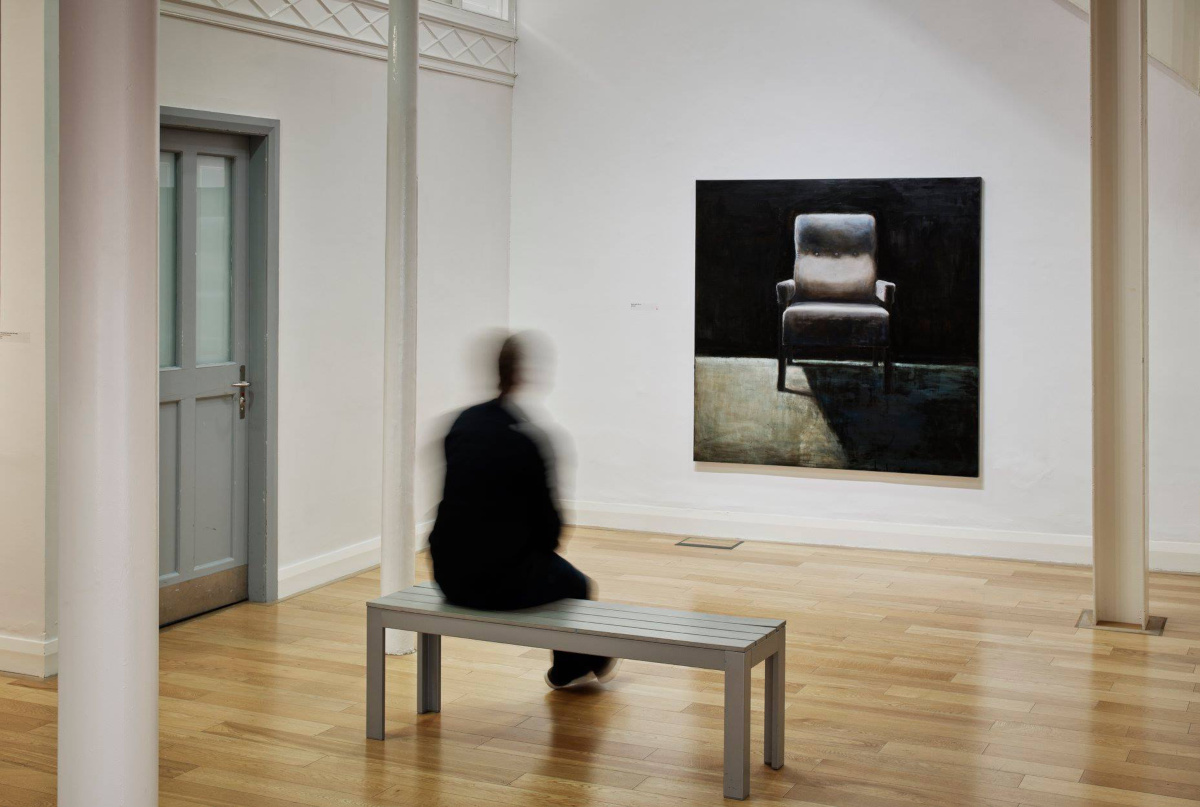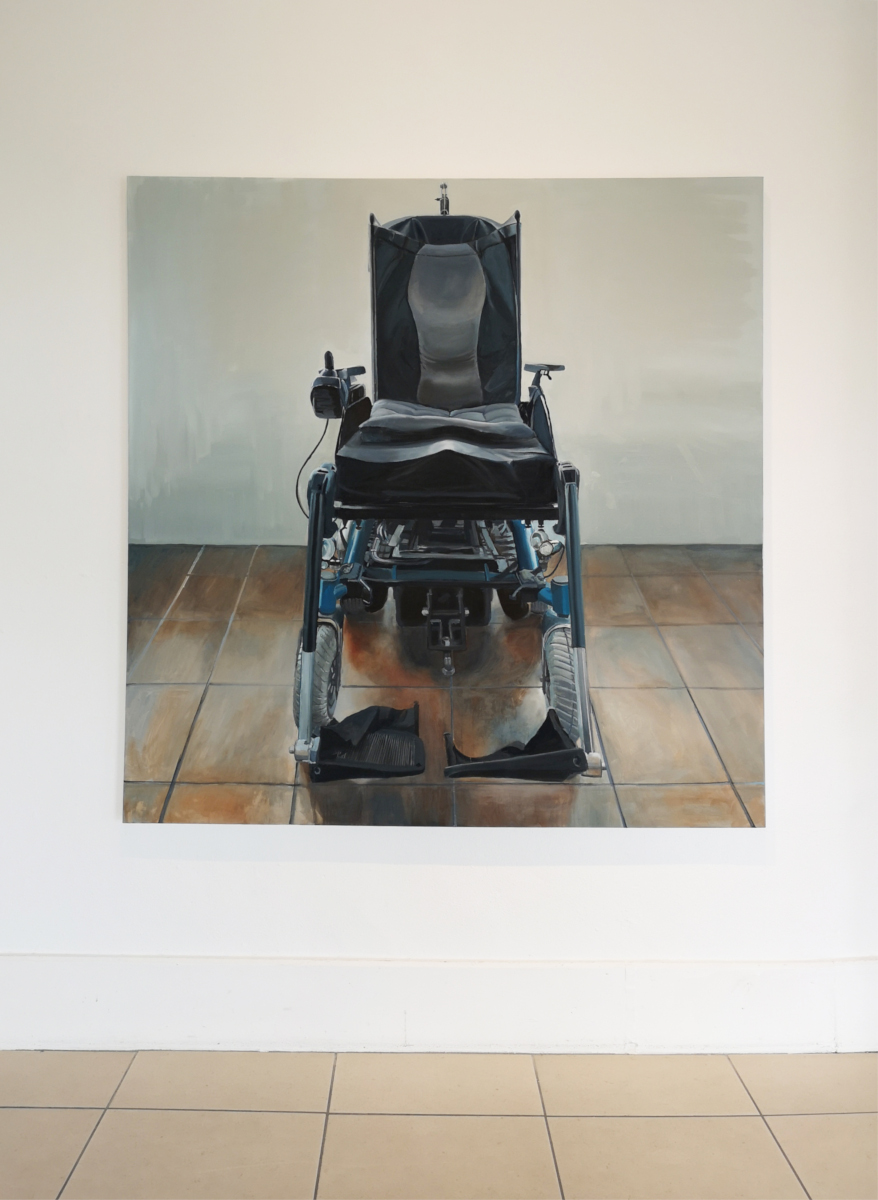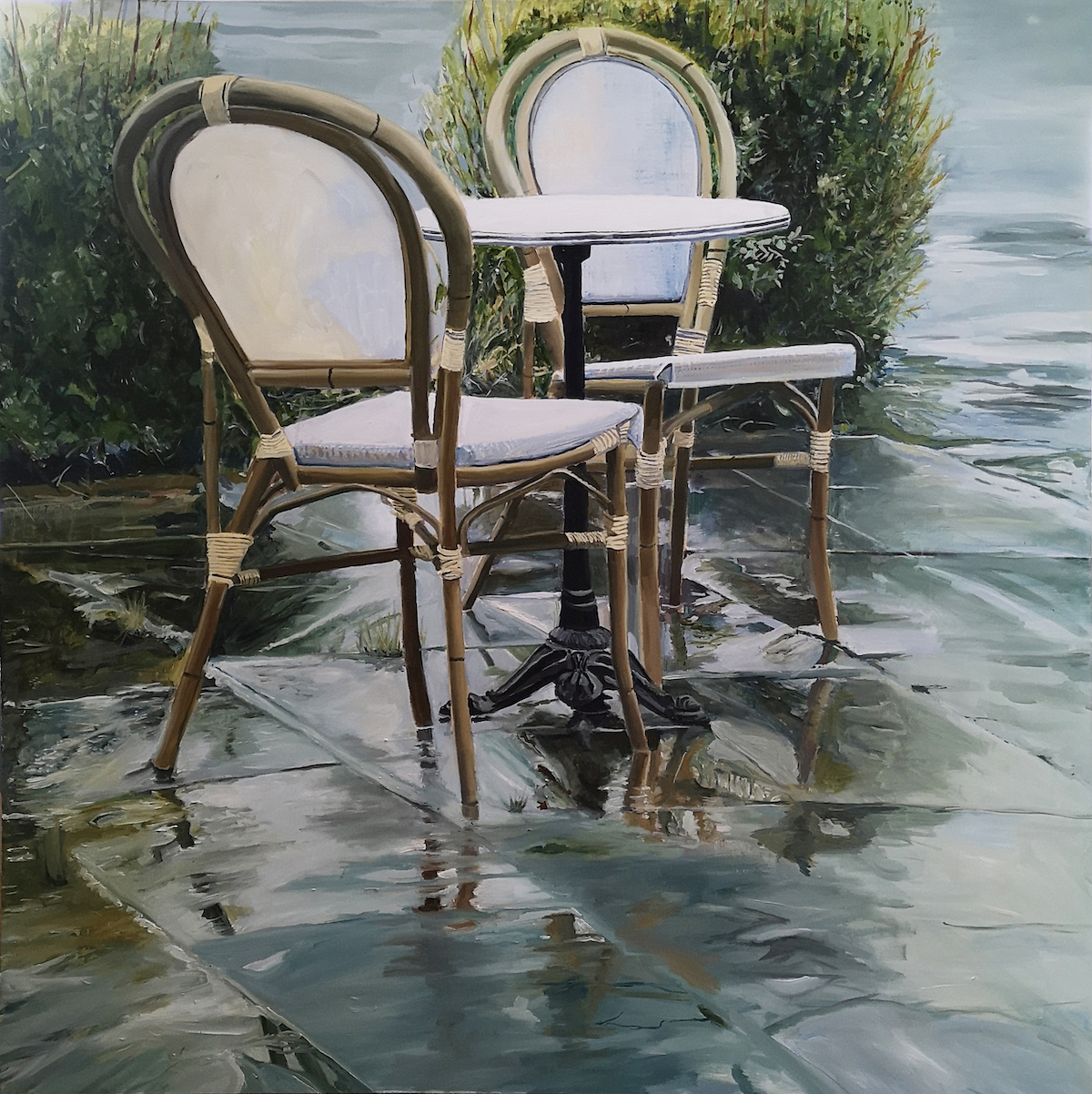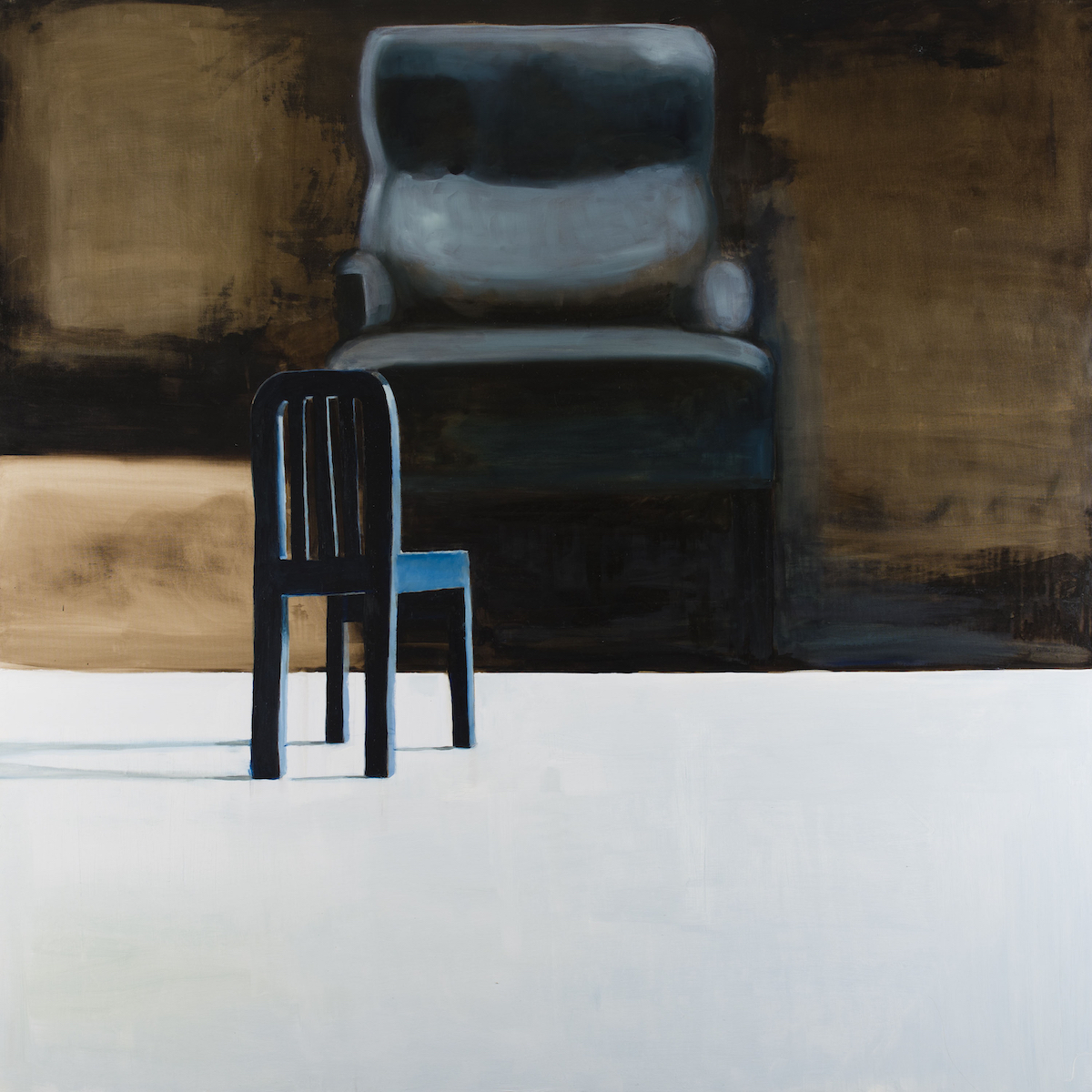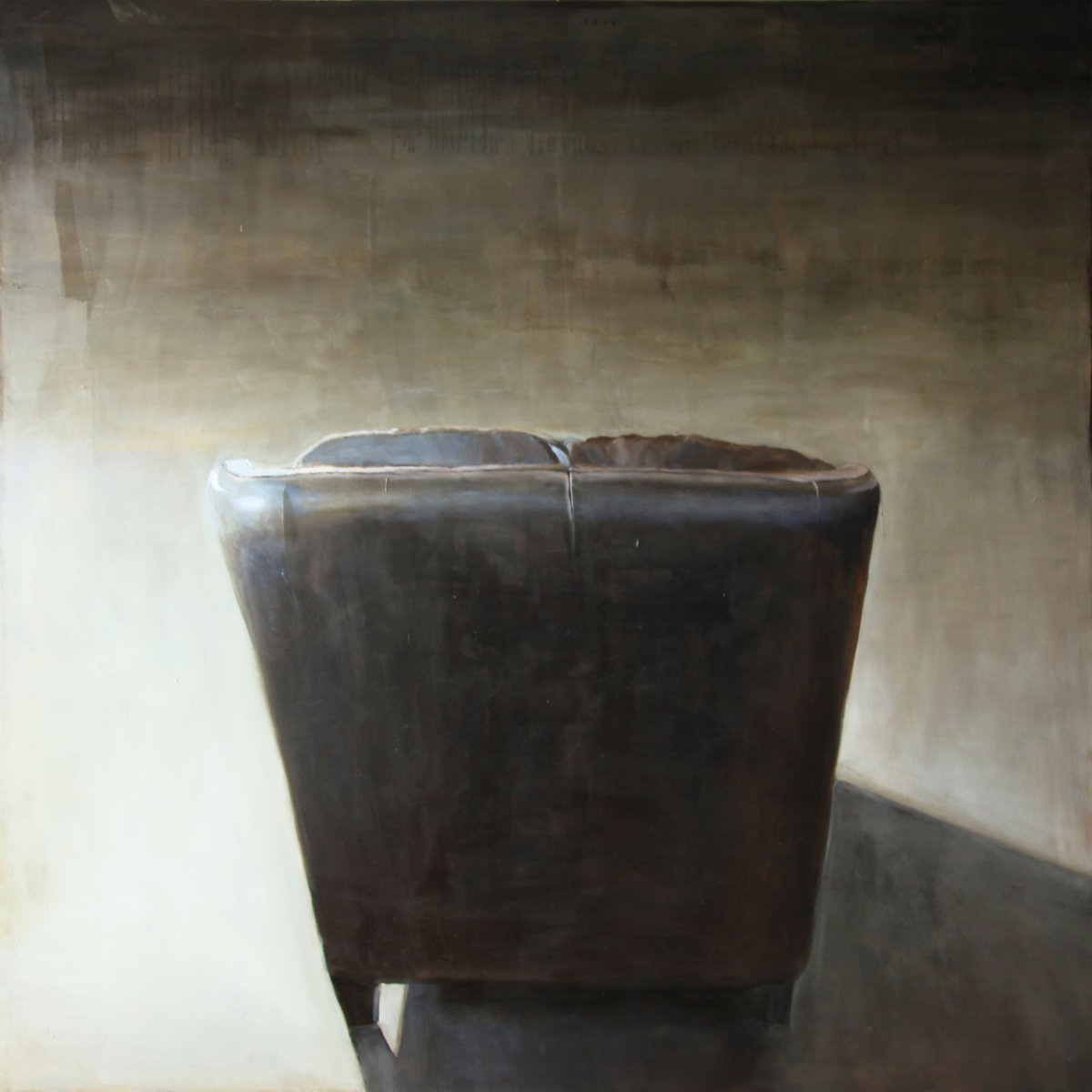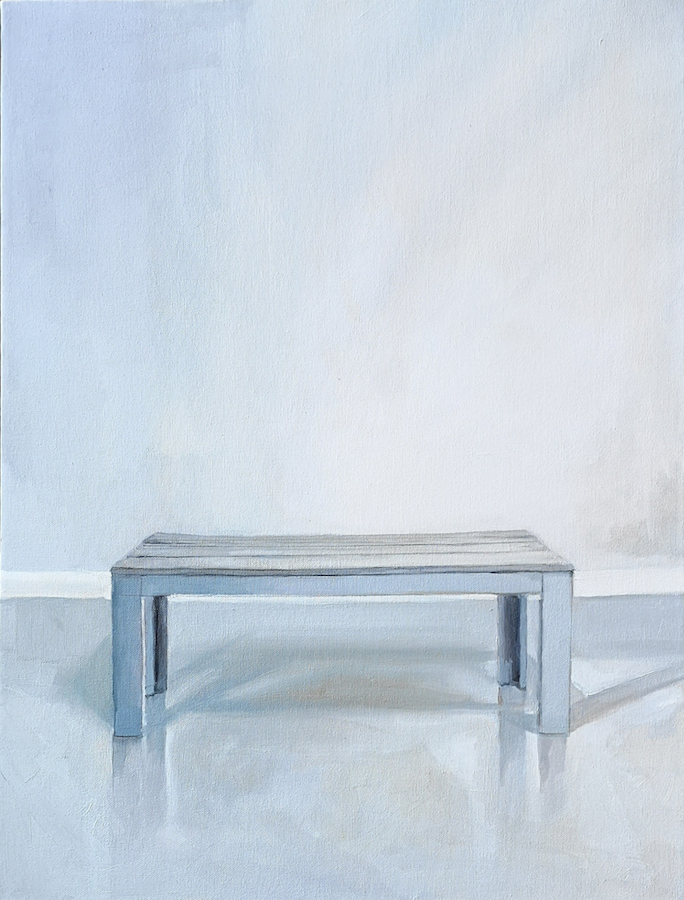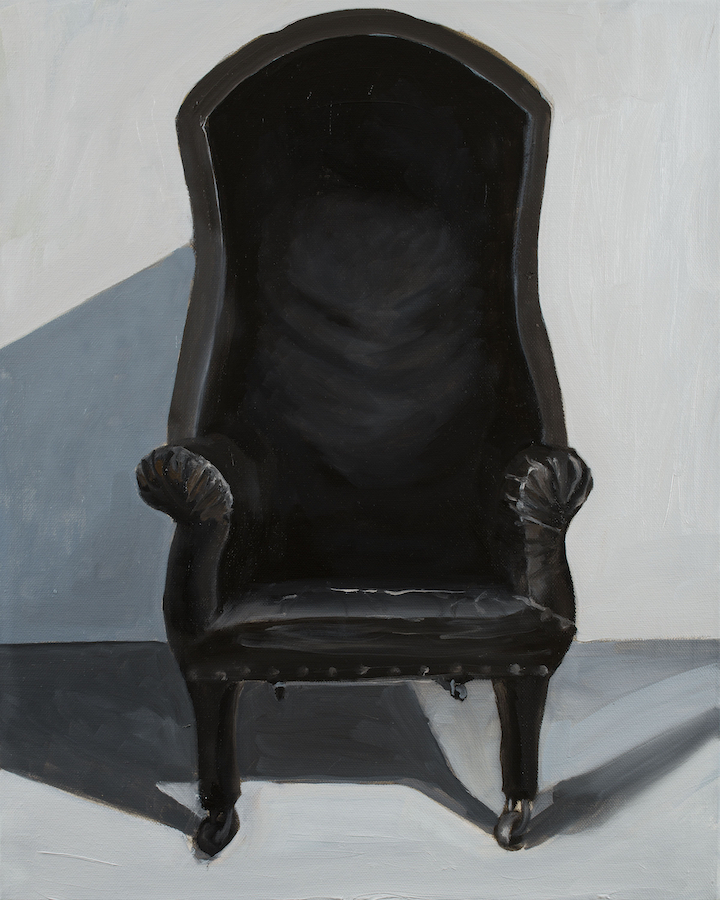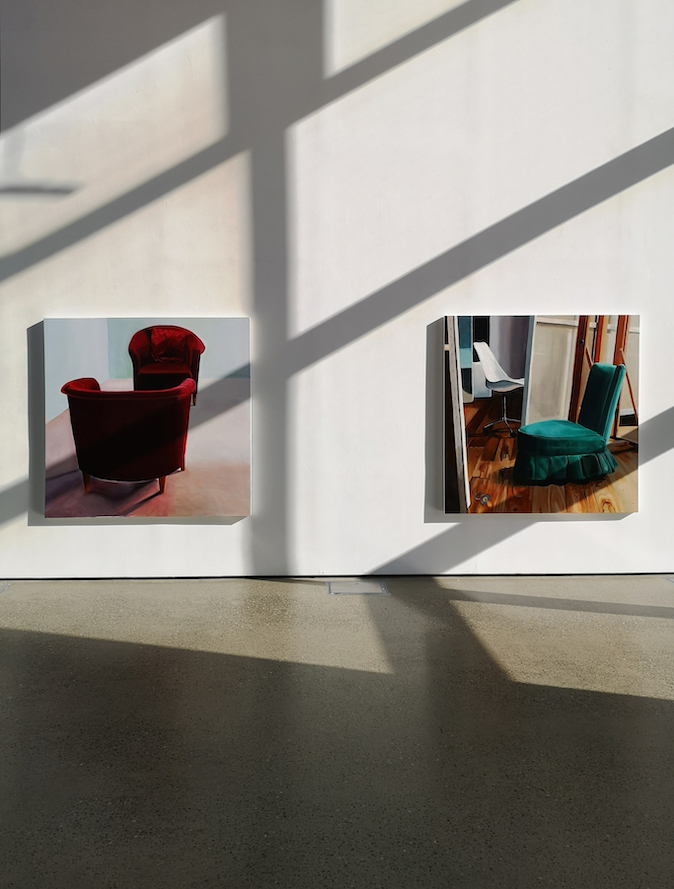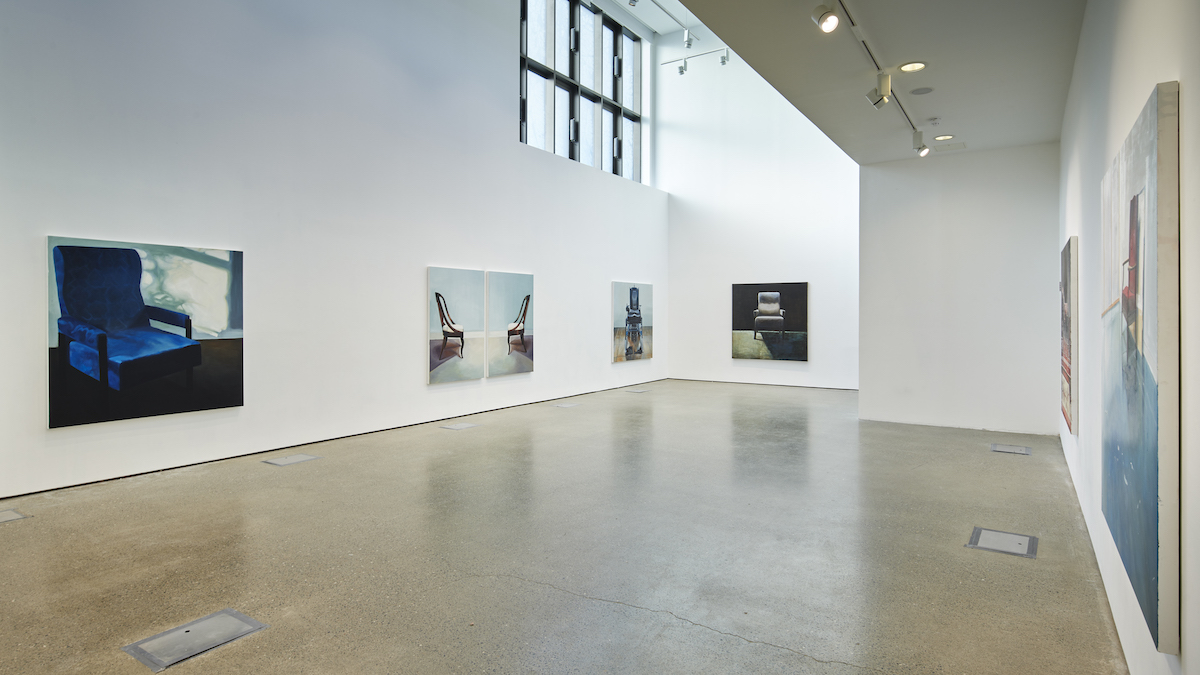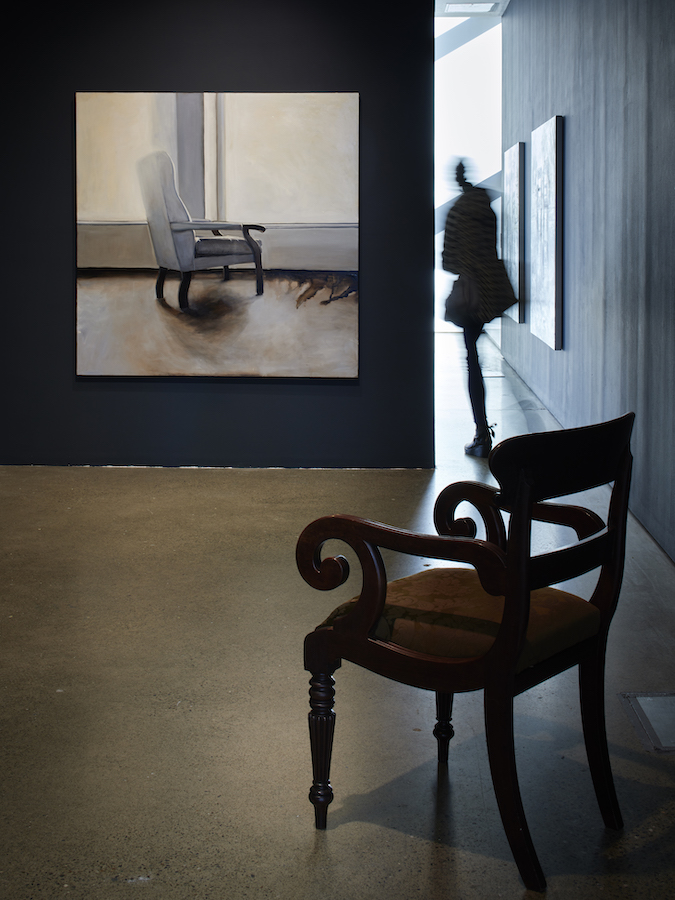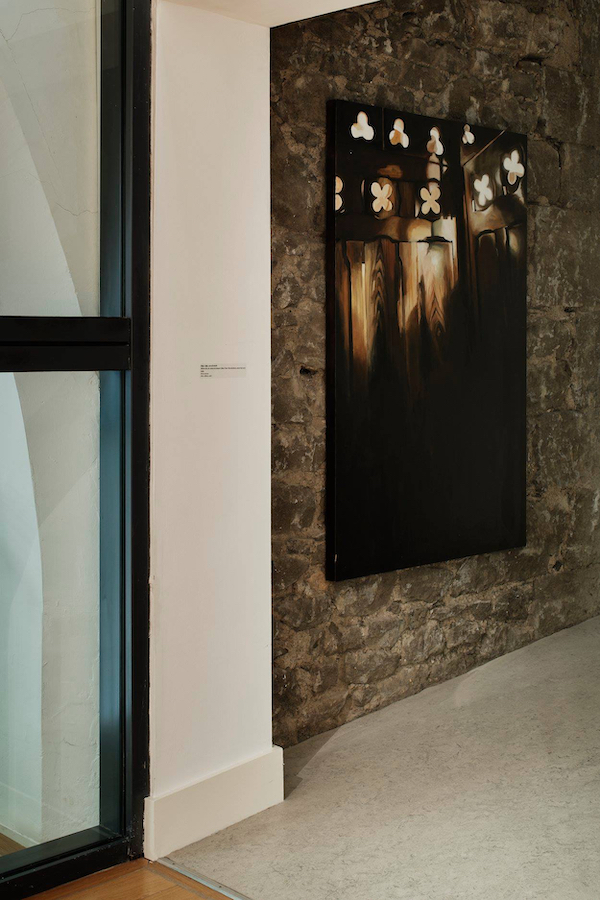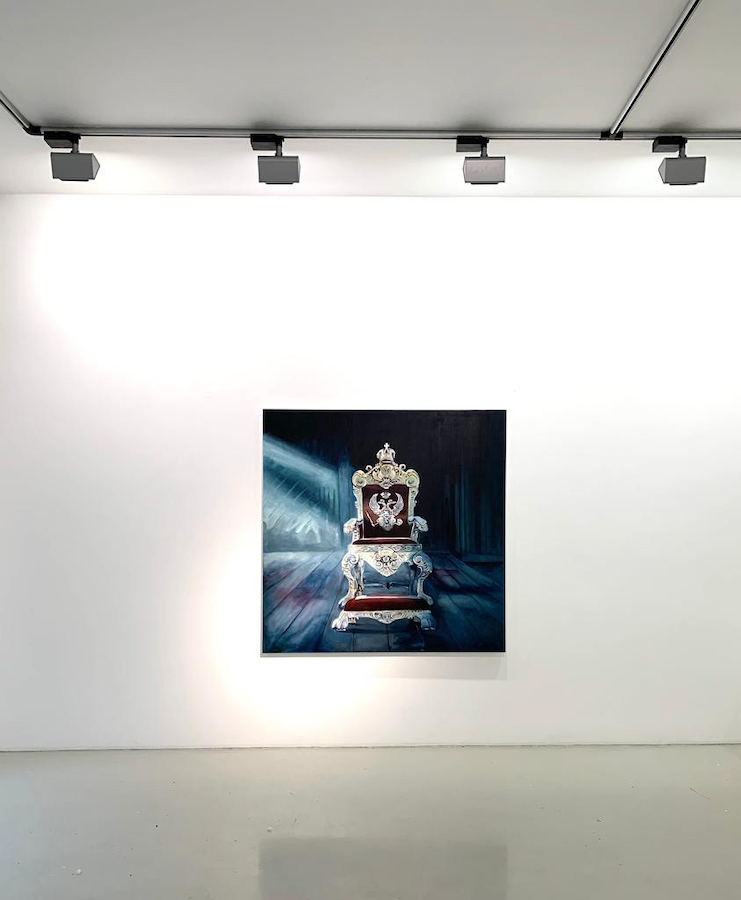My tool for exploring life was largely lens based for many years. In a photographic and video series titled The Landing in 2003, I was fascinated by the print or stamp each man made on his room in Portlaoise Prison. In Asylum 2005 I hunted for marks left by patients on their space as a survival instinct. They represented a lifetime of subtle collection and placement. In 2007 I recorded the graffiti etched on port-a-loo doors by the workers on construction sites, titled Pillars. In Father & Child 2009 I documented the tattoos of children’s names and images on their father’s bodies. In I believe help my unbelief, 2010 I recorded the baby grave arrangements lovingly created by parents in the Angels plot, Glasnevin. Now I wish to leave my own mark directly and so I returned to painting. There is a time for everything.
My interest in this project started many years ago. While taking part in a group psychotherapy process, the simplicity of the room and the depth of life experienced in that space led me to explore many similar rooms. Eventually my focus became the chair as an entity in its own right and a witness to life. The exploration extended to chairs beyond the psychotherapeutic rooms into other living rooms. The intimate space of the psychotherapeutic experience opens out into a broader public space and hence into life itself. Eventually the paintbrush took the place of the camera. I returned to my first love.
Jack Kornfield, in A Path with Heart, describes taking the one seat in the centre of the room, opening the doors and windows and seeing who comes to visit. When we take the one seat in Buddhist meditation it is said we become our own monastery. We create the compassionate space that allows for all things including sorrow, loneliness, shame, desire, regret, frustration and happiness. The more of life I experience the more questions I have and the more awareness that those questions do not have simple answers. Michael Harding, in an article in the Irish Times titled I wanted to warm my arse in freezing Warsaw. So I went to church, says that if anyone asked him why he was sitting in the back of a church in Warsaw, “I would have been stuck for words. Because, as the Asian proverb says, ‘When you name the bird, you cease to experience the song.’”
This brings me to the titles of the works in Chair. They are a trace of something that the chairscape bears witness to. Between the painting and the title there is a void or gap. I want the viewer to project into that space. Plato staged the wall, the light and the shadow for projection. For me these seats are the holding blocks for the passage of people, time, self and life. I hope there is room for everything and anything in those spaces.
As an artist there is perpetual doubt about what I am doing, how and why. These paintings, after all, are an imitation of life and not the real thing, not even urinal status to give Duchamp his due. Eventually it is merely a nod to itself. The titles can distract, negate, illuminate, illustrate. Everything is there and nothing is there. And yet, the need to stretch out the hand, create the mark, express the thing, comes back time and time again. David Galloway, in his essay Singing to the empty chairs, notes “a particularly touching homage to the chair made by Alberto Giacometti in 1963, ‘I could spend the rest of my life simply drawing two chairs and a table. It would be necessary to sacrifice both painting and sculpture and the head and everything and to reduce oneself to staying in a room, in front of the same table, the same tablecloth and the same chair, and to do only that.’”
